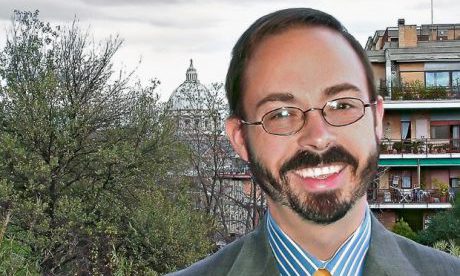There are many ways of analyzing the fault lines in the Vatican, but perhaps the most time-honored (if also often exaggerated) is the tension between an Italian old guard and pretty much everybody else. By conventional political logic, anyway, Saturday saw the Italians notch a fairly big win.
It could turn out, however, to be a Pyrrhic victory – because by taking back control over a range of financial powers, the old guard has also reclaimed the blame the next time something goes wrong.
On Saturday, Pope Francis issued a motu proprio, meaning a legal edict, delineating the division of responsibility between the Vatican’s Administration of the Patrimony of the Apostolic See (APSA) and the Secretariat of the Economy (SPE). The former is headed by Italian Cardinal Domenico Calcagno, the latter by Australian Cardinal George Pell.
In effect, the motu proprio restores several important functions to APSA that had been given to Pell’s department in 2014. One local news agency bottom-lined the result this way in its headline: “The Italians win!”
To understand what’s going on, we need to take a step back.
Although public fascination with Vatican finances usually focuses on the Institute for the Works of Religion, the so-called “Vatican bank,” in truth most of the bank’s $6.5 billion in assets is not Vatican money – it belongs to depositors, with almost half resting in the accounts of religious orders from around the world.
The real financial heavyweight in the Vatican has long been APSA, controlling both real estate as well as investments, and also running a wide range of other functions such as purchasing and payroll. The total value of the real estate holdings alone under APSA’s control is officially estimated at around $1 billion, though many observers suspect that because of a lack of up-to-date market valuations, the actual figure may be several times higher. Continue reading
- John L. Allen Jr. is the editor of Crux, specialising in coverage of the Vatican and the Catholic Church.
Additional reading
News category: Analysis and Comment.




